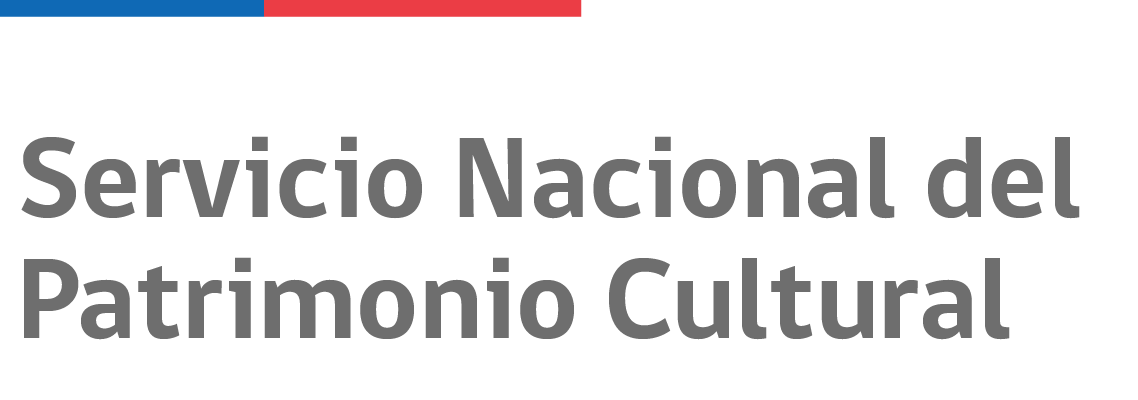
Opening times:
Admission:
Some 7,000 years ago, the coast of southern Peru and northern Chile was inhabited by the Chinchorro, a hunting, fishing and gathering people that is regarded as one of Chile's most enigmatic pre-Hispanic cultures. They did, however, leave a very important heritage in the form of the world's oldest mummies.
Their mummies are the focus of "Chinchorro: Transcending Death", a temporary exhibition at the National Natural History Museum in Santiago's Quinta Normal Park. It is a result of collaboration between the Museum and the Innovation Centre of one of Chile's leading private hospitals, Clínica Las Condes, where tomograms of the mummies were taken, making it possible to see inside them without the need for invasive work.
Using the resulting multi-plane images, three-dimensional models, with excellent surface detail, were created. These were then printed to produce the replicas of the original mummies and skeletons shown in the exhibition.
In addition, the project included the facial reconstruction of a Chinchorro man and woman, using anthropometric and forensic techniques, based on the characteristics of the skull and jaw and facial thickness. Thanks to this process, which is also explained in the exhibition, visitors can form a more direct idea of the appearance of this people from Chile's pre-Hispanic past.
Life and death
The treatment which the Chinchorro applied to their dead indicates a complex worldview about death that is in contrast to the simplicity of their daily lives. Rich in stylistic variety, the process turned their bodies into true works of art.
Each body was carefully prepared by the deceased person's immediate family, combining anatomical knowledge with technical-stylistic traditions that were passed on from generation to generation. However, family or group decisions also meant that each mummy was unique.
The process involved removing the skin (which was preserved), taking out all the muscles and organs, putting the structure of the skeleton back together and filling the body cavities with vegetables and other elements. The extremities were then replaced or reinforced and the exterior of the body was reconstructed by replacing the skin. Strands of hair were also used to make a wig and, finally, a mask was made, usually of clay.
The purpose of this process was to permit the deceased's rebirth, completing a cycle within the family group which had been interrupted by the premature death.

